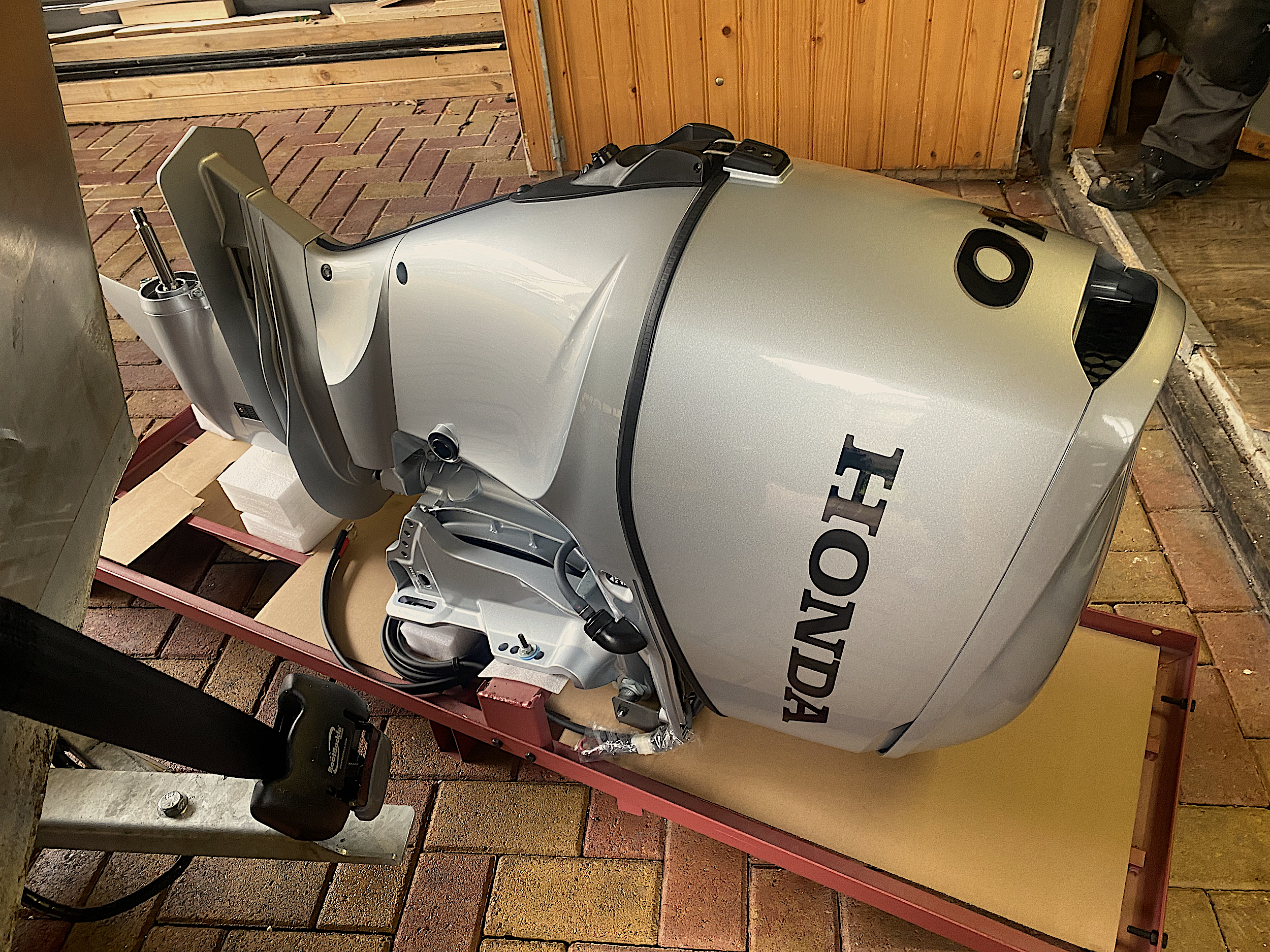Transporting an outboard engine requires careful planning and proper handling to ensure its safety and prevent damage. Whether you’re moving the engine for storage, repairs, or taking it to a different location, following the right procedures will help protect your valuable investment. In this article, we will discuss essential tips for safely transporting an outboard engine, covering preparation, securing the engine, loading and unloading, and general safety precautions. By implementing these guidelines, you can transport your outboard engine with confidence and peace of mind.
- Pre-Transport Preparation: Before transporting your outboard engine, it’s crucial to prepare it properly. Start by cleaning the engine, removing any dirt, debris, or salt buildup. Inspect the engine for any visible damage and address any necessary repairs before transportation. Drain the fuel and oil from the engine according to manufacturer guidelines to prevent leaks or spills during transit. Disconnect the battery and secure any loose parts or accessories to prevent damage during transportation.
- Securing the Engine: To prevent shifting and damage during transport, securely fasten the outboard engine. Use straps, ropes, or specialized engine lifting harnesses to secure the engine to a sturdy mounting bracket or pallet. Ensure that the straps or ropes are tight enough to hold the engine firmly but not too tight to cause stress or damage. Consider using padding or protective covers to safeguard the engine’s surfaces from scratches or impacts. Double-check all fastenings to ensure they are secure before moving the engine.
- Loading and Unloading: When loading the outboard engine onto a trailer, follow safe lifting practices to prevent injuries. Use appropriate lifting equipment or seek assistance to avoid straining your back or causing accidents. Position the engine securely on the trailer, ensuring it is well-balanced and centered. Use support blocks or chocks to stabilize the engine during transportation.
During unloading, exercise caution and ensure a clear and level area for the process. If using ramps, ensure they are sturdy and in good condition. Gradually lower the engine from the trailer, paying close attention to any potential obstructions or hazards. Have a spotter guide you during the unloading process to ensure a smooth and safe operation.
- General Safety Precautions: Adhere to general safety precautions when transporting an outboard engine. Observe all local regulations regarding weight limits, permits, and restrictions for transporting engines or equipment. Secure the engine transportation setup in your vehicle or trailer using appropriate tie-downs and safety chains. Double-check that the engine is properly secured before hitting the road.
Maintain a safe driving speed and follow recommended stopping distances to prevent sudden movements that may affect the engine’s stability. Avoid rough roads or excessive vibration if possible, as these can potentially damage the engine.
Conclusion:
Transporting an outboard engine requires careful attention to detail and adherence to safety guidelines. By properly preparing the engine, securing it tightly, following safe loading and unloading procedures, and observing general safety precautions, you can transport your outboard engine with confidence. Remember to consult your engine’s manufacturer guidelines for any specific recommendations. With the right approach, you can ensure a smooth journey for your outboard engine and safeguard its integrity until it reaches its destination.
